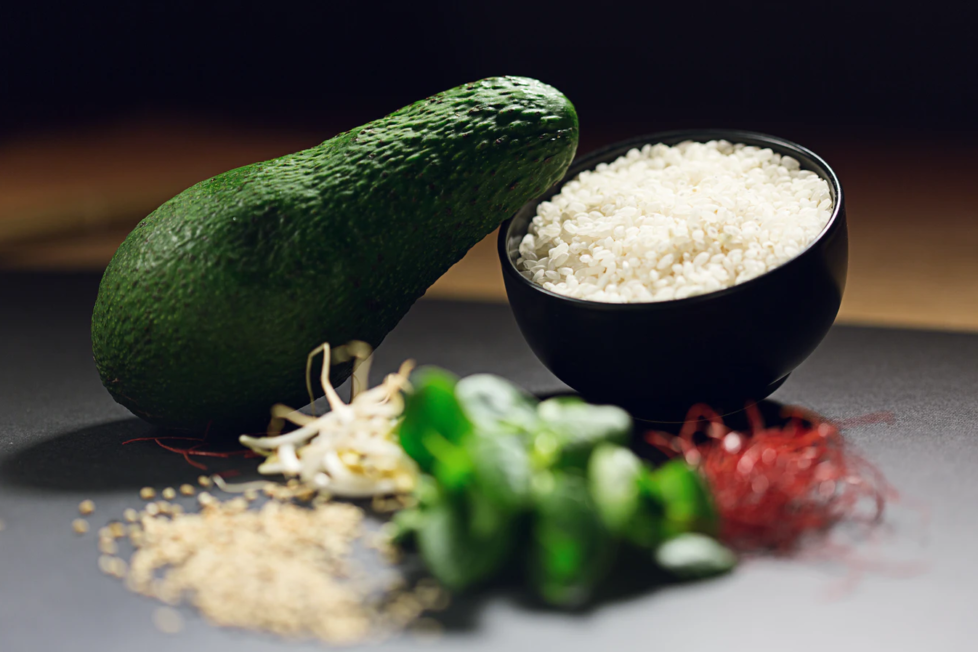3 Tips to Prepare a Perfect Sushi Rice in a Rice Cooker


If you love sushi, then you definitely want to be able to make it from home. However, a lot of people consider it too much effort, and they often think they’ll require fancy equipment to do it right. If anything, this recipe is pretty straight forward, much like preparing plain rice. All you need to do is tweak the technique to match the Japanese one and get an extra ingredient.
If you want great sushi, then your sushi rice must be the best, perfectly cooked and seasoned. It’s not impossible to make perfect sushi rice at home. If anything, investing in one of the best rice cookers saves you half the trouble.
● 3 cups of sushi rice – Alternatively, you can use short or medium grain rice.
● Coldwater
● 1/2 cup of rice vinegar
● 2 tbsp. of sugar
● 2 tsp. of salt
● Kombu/ dried kelp is an optional ingredient that adds an umami flavor, minerals, and nutrients to your dish.
If you’re making sushi rice with a short or medium grain, wash it over running water. Some types of Japanese rice do not require this step. Washing gets rid of the excess starch, which makes it gooey and sticky. Always use cold water.
Transfer your rice into the cooker and add water. It’s highly advisable to follow the manufacturer’s instructions when it comes to deciding on the perfect ratio. Depending on the type of cooker you have, it could require very specific ratios or auto-adjust to accommodate errors in water measurements.
Set your cooker to a “white rice” setting. Cook over high heat for the first few minutes and frequently stir until the water boils. Lower the heat and cover the pot. This will take about 15 minutes.
The difference with sushi rice recipe lies in the seasoning. If you don’t have access to rice vinegar, you can substitute sushi rice seasoning as an alternative.
In a pot, add the vinegar, salt, and sugar and stir, place it on medium heat until the salt and sugar are dissolved.
Gently pour this solution into the pot and combine them until properly combined.
Leave it cool to room temperature, but don’t try to flash cool it by putting it in the fridge. This will only ruin the final result.


If you’re a first-timer at learning how to make sushi rice at home, you’ve already seen it’s easy and fast. Your final result should be a little sticky, slightly toothsome, and not mushy or gooey.
Here are a few tips and tricks that will help you finesse your sushi rice in rice cooker preparation skills:
Be gentle with the grains. Depending on the sushi rice type and brand you use, some tend to break while washing, meaning you will have to avoid furious washing. On the other hand, some brands will require more rinses before the water becomes clear. For better results, wash it under cold running water.
Unlike standard brands, sushi rice will require a little more patience in the entire preparation process. For starters, wash it thoroughly until the water is clear.
Wait until the rice is completely cool before using it. Otherwise, it tends to be mushy and lumpy.
Pay keen attention to the resting process. If you wait too long, the rice will overcook, but it will be undercooked if you rush it.
One of the secrets of a perfect recipe is getting the right ingredients and in the right quantity. Customize your recipe ingredients to favor the number of people you’re cooking for, and base it on preference. For instance, some people would like their sushi rice with lesser seasoning or with Kombu. A meal is only as good as people will say it is.
If you’re not sure about the measurements, 1 cup of sushi rice will make 3 rolls, and each roll makes up to 8 pieces.
Get the right water to grain ratio and do not overfill your cooker. You can make sushi rice in a cooker, but leave a couple of inches at the top. This allows steam to form and cook the rice evenly.
This might seem obvious, but use the right amount of vinegar solution. This ensures that the meal is rightly and evenly flavored.
Conclusion: There it is! You’ve finally made your first sushi rice. Other than sushi, this meal can be used as an accompaniment to grilled meats and stir fry. How did your rice turn out? Have you learned something from the recipe or not? Leave us your experience down below, and don’t feel shy to ask and inquire. We would love to hear from you!
